What is flat foot
It is characterized by excessive heel valgus, excessive forefoot abduction, midfoot subsidence and lowering of the longitudinal arch when standing in a weight-bearing position.
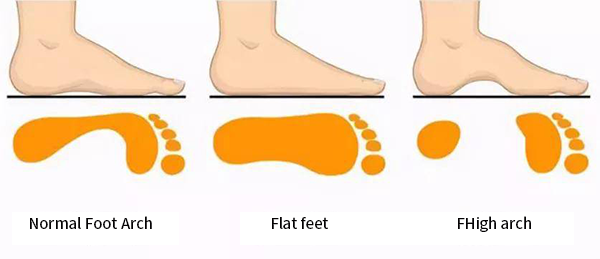
The dangers of flat feet
Flatfoot easily causes foot fatigue or pain, knee, hip and low back pain, and even affects normal activities. Foot deformation aggravates, dysfunction and even disability and other foot uncertainty growth. In recent years, with the development of foot and ankle surgery, the understanding of flatfoot has been deepened and the number of surgical treatment cases has been increasing, which makes parents worry more about children's flatfoot, so that the number of outpatient visits for children with flatfoot is increasing. In particular, some children with flat feet have lower limb pain and shoe deformation, which makes parents worry.
Treatment of flat feet
1、Relax and exercise the plantar fascia
Flat feet usually lead to a lack of flexibility in the plantar fascia, which causes pain on the bottom of the foot. You can use a physical therapy ball to apply pressure back and forth from the toes to the heel.
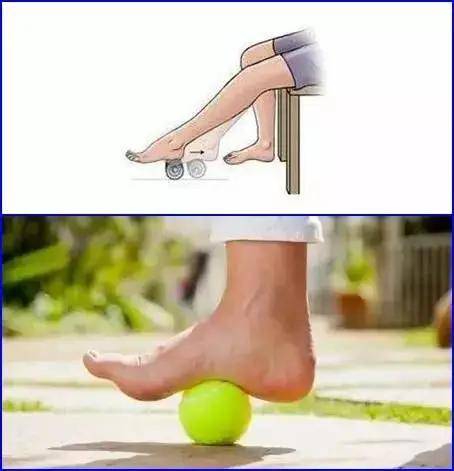
2, relax and strengthen the calf muscles
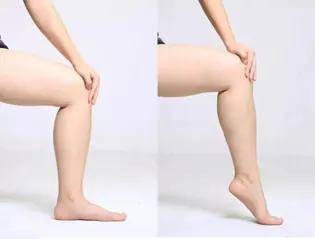
(1) The flexors of the ankle and toe (posterior tibialis, long toe flexor, and longus flexor of the lesser trochanter) all function as inversion of the foot, and they are antagonistic to valgus. Foot arch collapse means that these muscles are deficient in function and insufficient in strength. Then, these muscles can be strengthened by doing foot inversion (opposite foot center) and toe grip. Seated heel lift: Press the knee with your hand to give a knee down resistance, overcome the resistance to tense the foot to lift the heel, this movement can fully exercise the posterior tibial muscles.
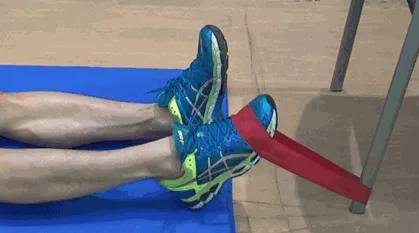
(2) The calf triceps are the hallux valgus and gastrocnemius muscles, which have a strong plantarflexion function (dorsiflexion) and are the main postural muscles that prevent dorsiflexion collapse of the ankle joint and foot valgus.
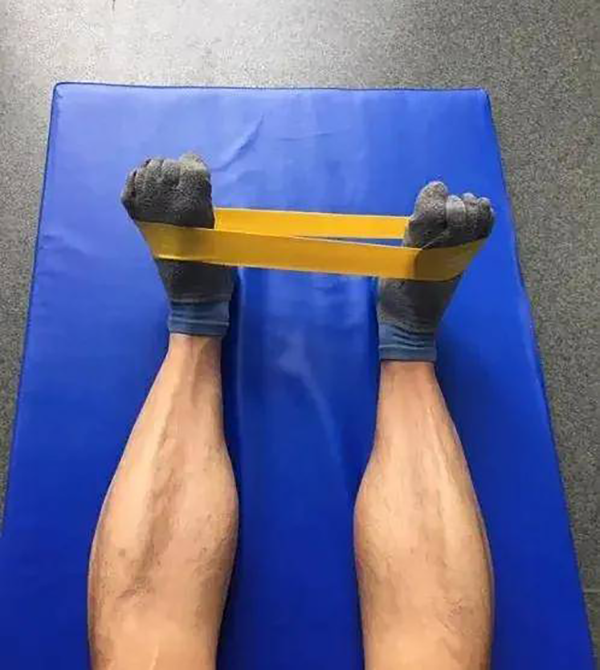
(3) The tibialis anterior muscle is also very important for the maintenance of the arch of the foot.
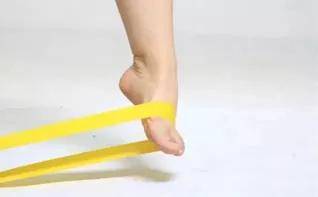
(4) Relax the peroneus longus and peroneus brevis, because the shortening of these two muscles will pull down the medial longitudinal arch and make the foot turn out.
3、Adjust gait
Gait is the way to walk. If the foot arch collapses, it will directly affect the pelvis and spine in the walking process, triggering the imbalance of the body posture. The normal gait cycle is divided into two stages: starting gait and swinging gait.
The starting gait: starts with the heel touching the ground, then the palm of the foot on the ground, then in the middle of the stance, the heel leaves the ground, and finally the toes leave the ground.
The swing phase is required because the leg and foot cannot be stopped behind the trunk. The swing phase occurs when the foot is not weight-bearing, and it goes through 3 processes: acceleration, swing and deceleration.
4、Lowering body weight
The increase in weight will cause the arch area to be lowered, increasing the contact area of the arch area during the walking process. Physiological structure is very easy to appear flat feet, foot valgus and a series of symptoms that affect normal walking; and due to long-term overload and excessive joint wear, hip, knee, ankle and other parts are prone to joint strain pain, thus affecting the normal walking and sports posture.
5、3D printing orthopedic insoles
Orthopedic insoles are the most widely used method to treat flexible flatfoot clinically, and 93% of children with flexible flatfoot get normal arch development through non-surgical treatment.
Orthopedic insoles combine the form of human movement and the principle of kinesiology, through the forefoot, midfoot and hindfoot biomechanical changes, so that the plantar pressure gets redistributed, the lower limb force line gets corrected, and the arch height gets restored, in order to achieve the purpose of prevention and treatment.
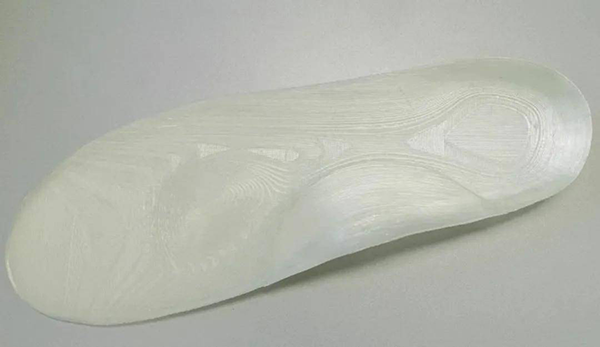
Existing computerized digital and 3D printed orthotic insole printing technology redefines the insole making process to achieve personalized design. Each pair of orthopedic insoles production requires optical scanning, plantar pressure analysis, computer software design, insole production, and fitting processes to achieve precise orthopedic and treatment.



























 Home
Home Telephone
Telephone Message
Message







